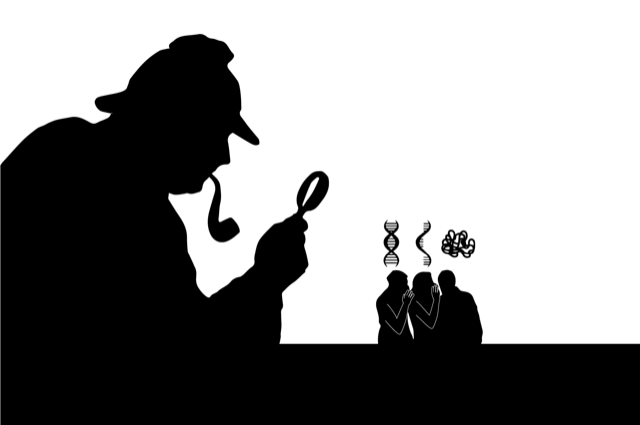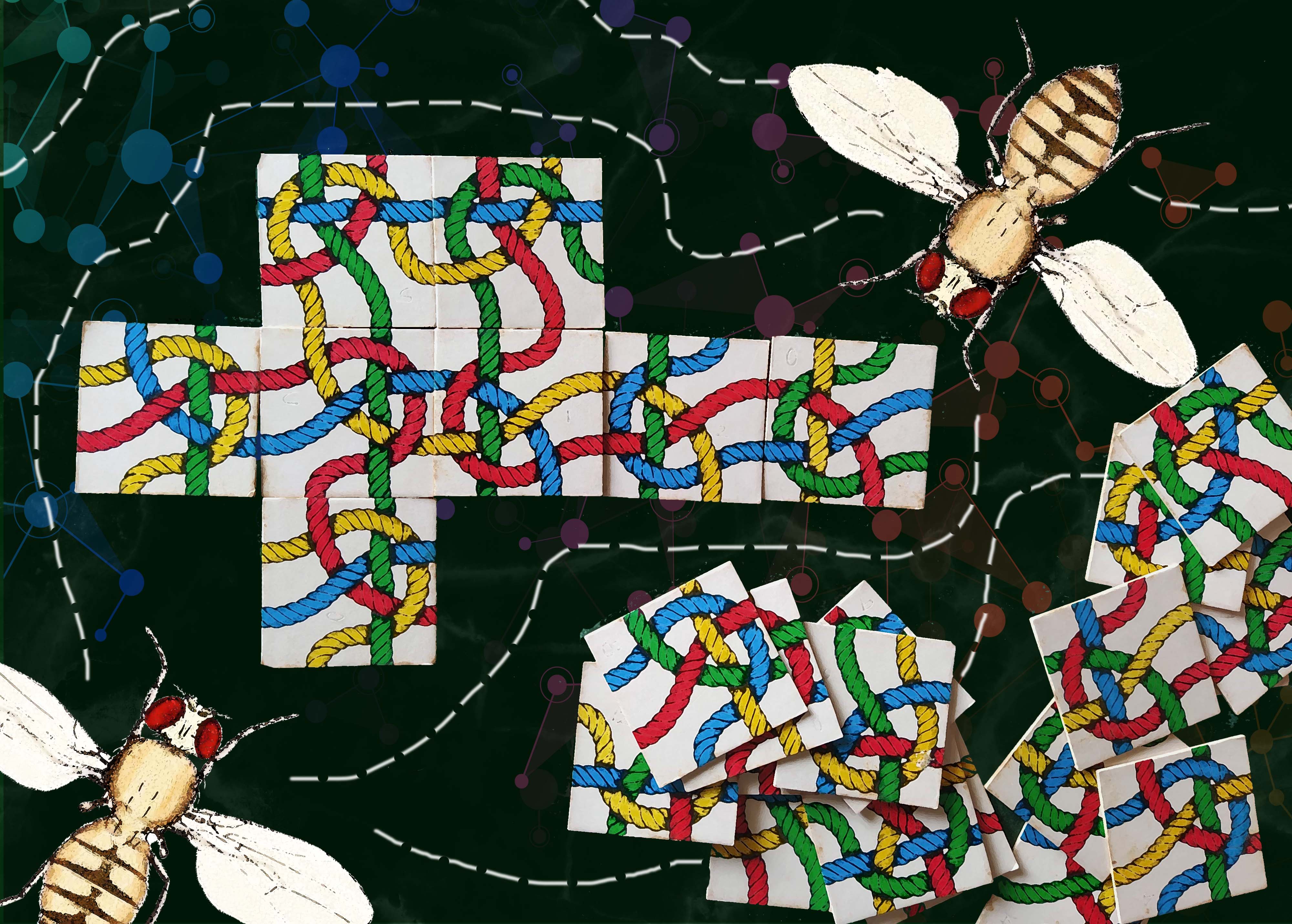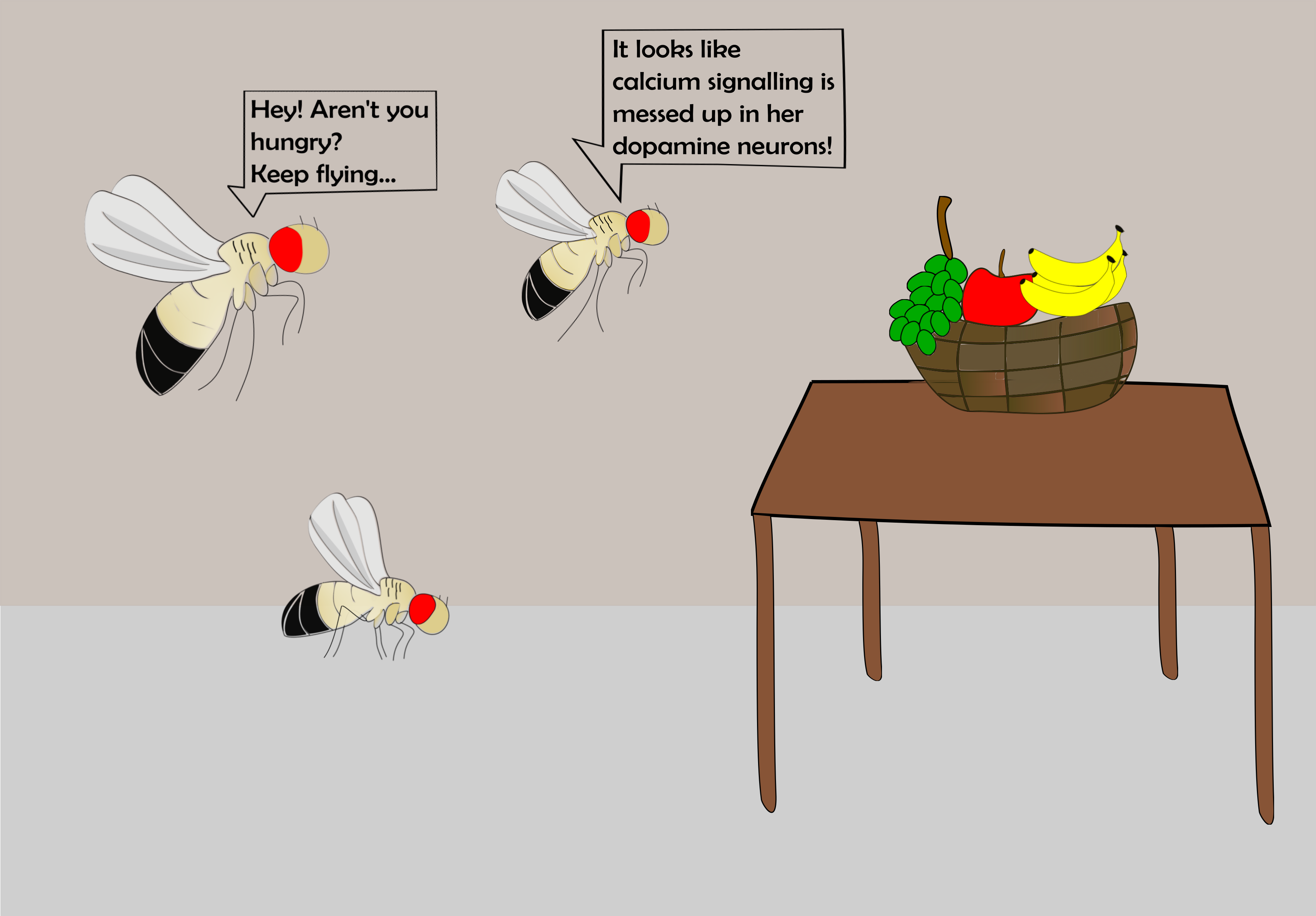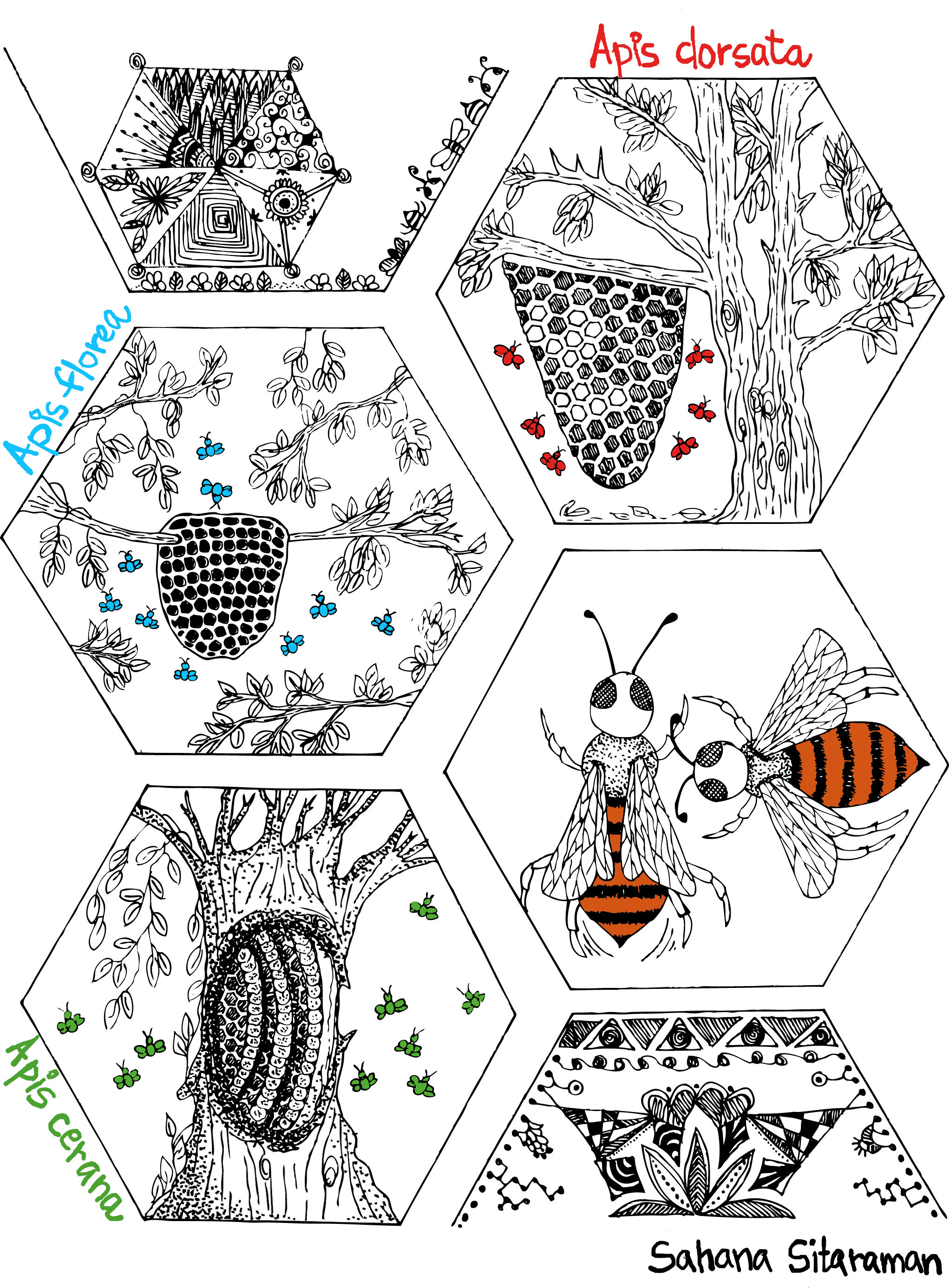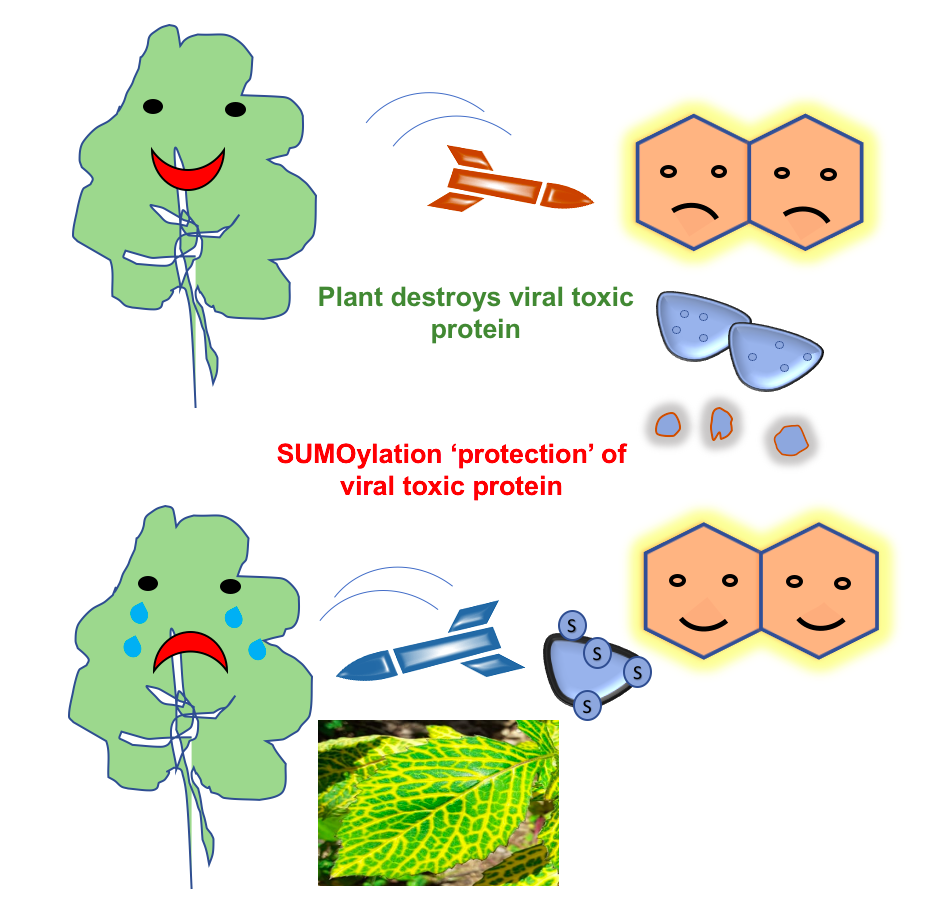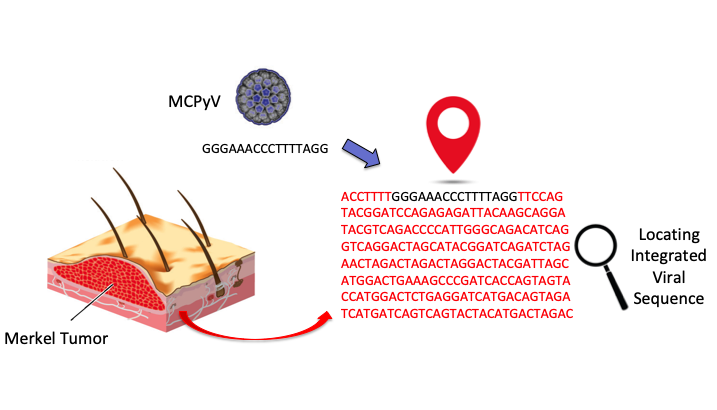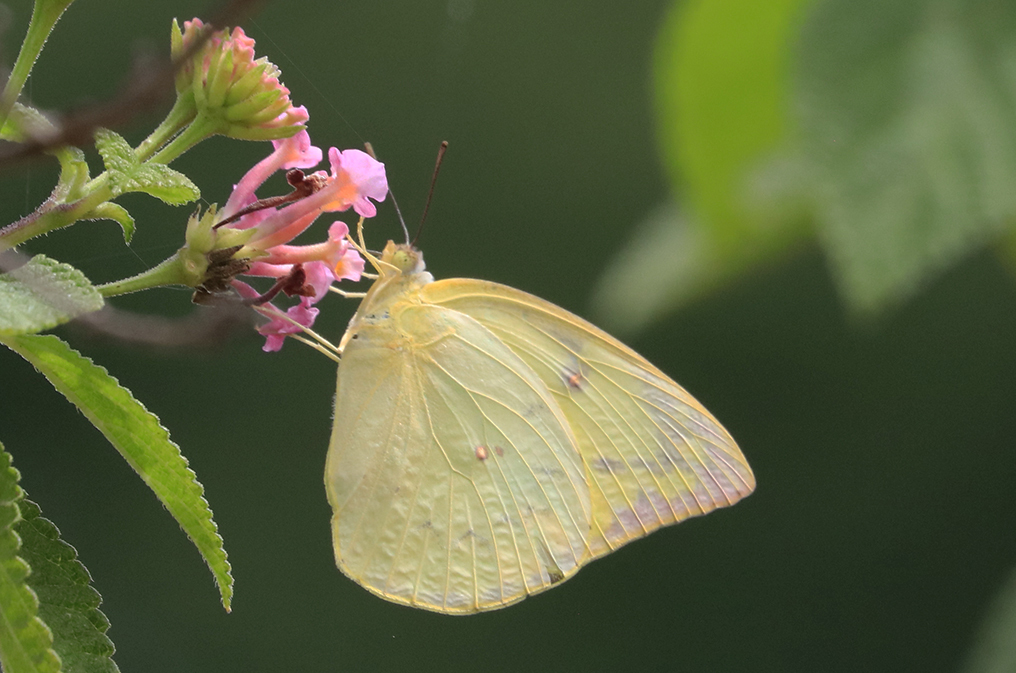-
Cellular Chinese whispers: How Translation Errors Impact Phenotypic Variability
The immense diversity in the living world and how it came into being has always been a subject of human enquiry. After centuries of playing detective in search of the basis of the parities and disparities that we see among living beings around us, the past century stood witness to some marvellous discoveries in biology and today the Central Dogma of life has been disclosed to us: DNA makes RNA and RNA makes protein (a facile view of a much more complex sequence of events).
-
The glue that holds cells (and us) together
We are all made up of cells. And these cells come together to form tissue, we know this. But what keeps these cells together? How does this glue form and change to promote the functions of a tissue?
-
PHANTOM Diagnostic Tool for SARS-CoV-2 Infection
Efficient detection of the virus that causes COVID-19 has been a question on the minds of many researchers worldwide since early 2020. NCBS researcher Dr. Arati Ramesh, along with Dr. Akash Gulyani from the University of Hyderabad, sought to tackle the pressing need for a rapid, accurate, and inexpensive testing method. A team of students from NCBS and DBT-inStem joined their efforts to create PHANTOM (PHAsed NASBA-Translation Optical Method).
-
Untangling cell signaling, one gene at a time
Fruit flies might be a nuisance to most people, but biologists have long valued them as an experimental model organism.
-
A neuronal cocktail for motivation
‘A journey of a thousand miles begins with a single step’ is a popular adage that talks about the initial thrust required to embark on a task. However, once begun, how do we persevere on the job and not let it fall apart like a New Year resolution? How do we stay motivated?
Well, these are not just philosophical deliberations, but compelling science projects for neuroscience aficionados. Scientists have in fact been on the lookout for the neuronal and molecular players which are at the root of governing motivation.
-
The honey bee dance: Different moves, one message
It is early in the morning. Ebi and his colleagues try not to twitch as they stare intently at a rectangular box filled with sugary treats. These aren’t for them, but for the honey bees that they study. The tiny buzzers toggle between the sugar ‘feeder’ and the hive, which are a few metres apart. Interestingly, the bees that visit the feeder aren’t secretive about this new found food source. They graciously advertise its location to their nest mates and over time more bees are seen buzzing to the feeder.
-
Protein modifications hold the key to success of plant viruses
Plants destroy viral toxic proteins as part of their defence, while the viruses use the plant machinery to protect their toxic proteins and cause symptoms.
-
Seeking the location of MCPyV Integration in Merkel Cell Tumours
Rare diseases are rarely studied in-depth, and rare cancers even less. Tackling this deficit of information, and understanding one rare, aggressive cancer has become the focus of research for Dr. Reety Arora at the National Centre for Biological Sciences. With collaborators at the ACTREC–Tata Memorial Centre and the University of Michigan, Dr. -
VAGABONDING FEMALE BUTTERFLIES WEIGH IN ON REPRODUCTIVE STRATEGIES
Reproductive function of female butterflies burdens their capabilities for long-distance flight, which may affect populations in a changing, uncertain world


